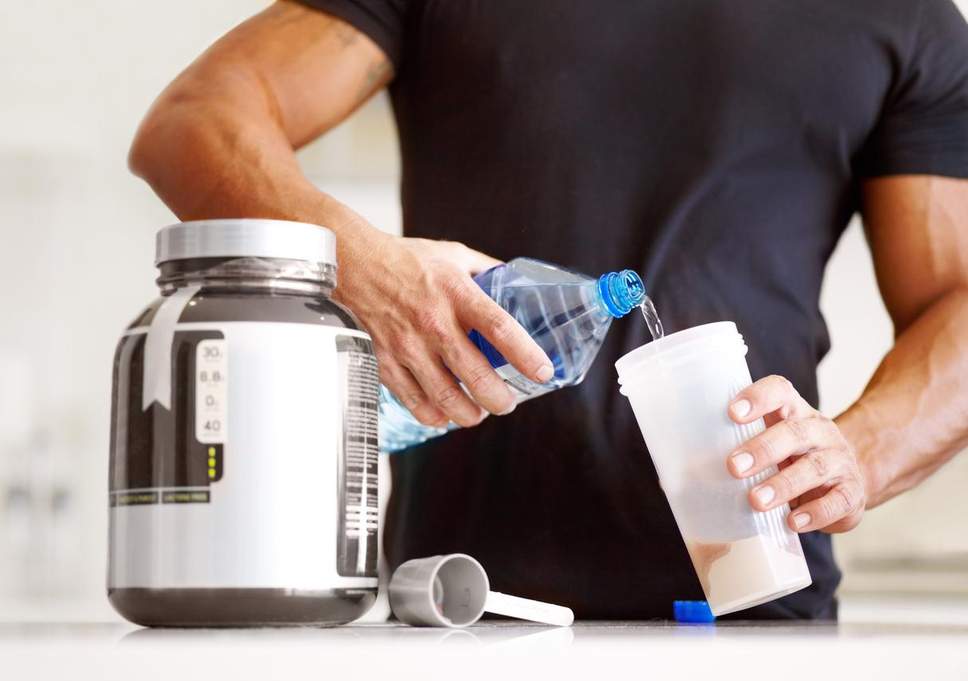Is Protein Powder Right For You?


Protein powder has gone mainstream. It used to be a product used mainly by bodybuilders and athletes. Today, more than 10% of adults have tried protein supplements, and annual sales are projected to reach $8 billion by 2020, according to some trade groups.
With so many brands to choose from and the relatively high cost per serving, shopping for a protein powder can be confusing.
Use this checklist to decide if you need such supplements and learn how to use them effectively.
Deciding Whether to Use Protein Powder:
1. Increase muscle. Wanting to build bigger and stronger muscles is still the most common reason for using protein powder. Many studies suggest that these products can be effective when combined with intense workouts.
2. Lose weight. High protein diets have become popular for weight loss because they tend to suppress appetite and help you to shed fat instead of muscle. It can be an effective strategy if you avoid going to extremes.
3. Recover from injuries. For minor injuries, protein may help your body to repair itself faster. Make it part of your recovery plan, along with adequate rest and following your doctor’s recommendations.
4. Age gracefully. It can be difficult for seniors to get all the nutrients they need on a restricted diet and compensate for the muscle loss that accompanies growing older. Protein powder can help with both goals.
5. Talk with your doctor. Share any concerns you have with your doctor. Protein supplements are not recommended for teens or anyone with kidney conditions or diabetes.
Knowing How to Use Protein Powder:
1. Know your limits. Most experts believe that 50 to 60 grams of protein a day is the optimum range for most adults. Keep in mind that excessive protein can strain your kidneys and cause you to become dehydrated. As a bonus, reducing serving sizes will help you save money too.
2. Choose dairy. Whey and casein are the main ingredients in many brands. They’re both complete proteins suitable for adults who eat dairy products.
3. Stay vegan. If you’re a vegan or avoid animal products for any reason, you still have a number of convenient options. Look for brands with ingredients like soy, peas, or hemp.
4. Add flavor. You may need to experiment until you find a brand you like, especially with soy products that can have an especially strong taste. Many powders may also seem more palatable when mixed with milk instead of water.
5. Read the label. The FDA doesn’t regulate protein supplements, but there are independent organizations with a long history of quality testing for the industry. To avoid contaminants and other risks, check that the label has seals from NSF International, UL, or USP.
6. Consume after workouts. There are different opinions about the most effective way to eat after a workout. Still, consuming anything high in protein along with some complex carbohydrates is a winning strategy.
7. Spread it out. It’s important to space out your protein consumption so your body can digest it safely and successfully. That usually means 30 grams or less for each meal or snack. Frequent, small servings of protein may also speed up your metabolism and help you lose weight faster.
8. Make your own. If the high price of protein powder is holding you back, you can achieve the same results much more cheaply at home. Visit your local library or browse online for recipes for making your own supplements. It can be as simple as adding almond meal to dry milk.
Protein powders from reputable manufacturers are safe for most adults. However, you can probably fulfill your protein requirements at less cost by ensuring that you get enough protein in your regular food.
CLICK HERE to Explore/ Our Free Online Courses
Responses